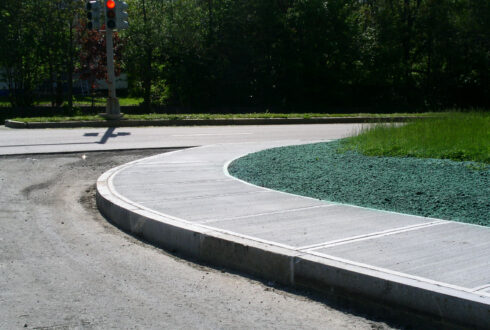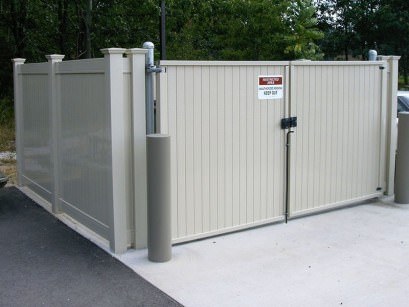
ADA Ramps
Are you compliant?
Whether you manage a large shopping center, big box retail store or a small, single lot entity, CMC will get the job done right. Our trained staff will properly set the asphalt and concrete gradation along with proper signage and line striping to meet current ADA standards.

Curbs
Curbs are necessary because they fill several functions. They are a form of roadside restrain. Mapping out the edge of the pavement to create a curb separates the main road from the roadside. Therefore, they discourage drivers from driving or parking cars on the sidewalk. Curbs are also a form of structural support for the pavement edge, and they channel run-off water from rain or melted ice and snow into storm drains.

Sidewalks
Sidewalks are for pedestrians. They play an essential role in transportation because they offer pedestrians a safe path to walk on, separating them from the motorized traffic. Therefore, by minimizing the interaction of pedestrians and motorized traffic, sidewalks aid road safety.

Loading Docks
A loading dock or loading bay is an area of a building where goods vehicles (usually road or rail) are loaded and unloaded. They are commonly found on commercial and industrial buildings, and warehouses in particular. Loading docks are part of a facility’s service or utility infrastructure, typically providing direct access to staging areas, storage rooms, and freight elevators. Loading docks are constructed with high strength concrete to absorb the commercial vehicle’s weight that it will endure time and time again.

Dumpster Pads
Dumpster pads are designed to endure the constant lifting and dropping of sanitation vehicles and typically reach 10 – 15 feet outside of the dumpster. This length is intentional to allow the weight of heavy trash trucks on the pad, rather than putting all the pressure on nearby pavement. Dumpster pads are made up of high strength concrete with a wire mesh or rebar.


